QuestionRecently our older (pound rescue, true age unknown, app. 10)Australian Shephard has exhibited changes in behavior. Excessive chewing and destruction of paper items such as new wallpaper rolls, boxes, and most recently christmas presents. Any ideas on this?
AnswerDogs learn what "boxes" mean; for many dogs, the family boxes up its belongings before leaving. This causes great distress in a dog (any serious environmental change == moving furniture, removing objects == causes distress in most dogs.) If the dog was dumped or abandoned (or even got lost from a new environment where boxes were ubiquitous), you could be seeing a conditioned response that is causing anxiety. Anxiety is definitely being displayed by your dog at present. THE FIRST THING to do whenever any dog (especially an elderly dog) exhibits a strong change of behavior is to GO TO THE VETERINARIAN. The dog requires a full blood chemistry, a complete physical examination (including opthalmologic) an orthopedic evaluation and, perhaps, a full body x-ray (to determine if there are tumors present.) If the dog checks out A-OK, then you need to introduce some positive reinforcement training: teach the dog one behavior it can offer 100% successfully ALL the time (this will take approximately three weeks). If the dog demonstrates unwanted attention toward objects such as paper, boxes, etc., in your presence, interrupt the behavior (by clapping your hands or making another unusual sound, NOT yelling at the dog or directing it toward the dog), then ask the dog for the trained behavior and reward and praise. REDIRECT unwanted behavior; remove all objects that the dog has begun to destroy; contain the dog in safe area (like the kitchen) without such objects when you are not home; retrain the dog so it can offer a solid response to a command for reward and praise, and use it often. Older dogs suffer from various ailments, some of which are vision related, hearing related, neurological, orthopedic, and various internal diseases and disorders that can cause a dog to develop all sorts of unusual and new behaviors. The first job is to be CERTAIN that the dog is not suffering or ill. The second job is to accommodate the dog's emotional needs.

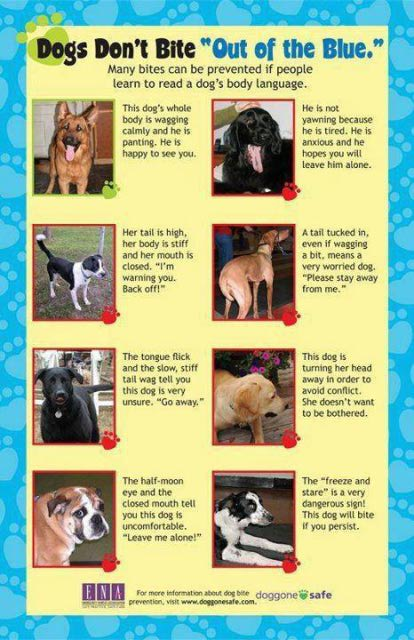 Is this aggression, dominance, or play?
QuestionQUESTION: I have a question regarding doggy beh
Is this aggression, dominance, or play?
QuestionQUESTION: I have a question regarding doggy beh
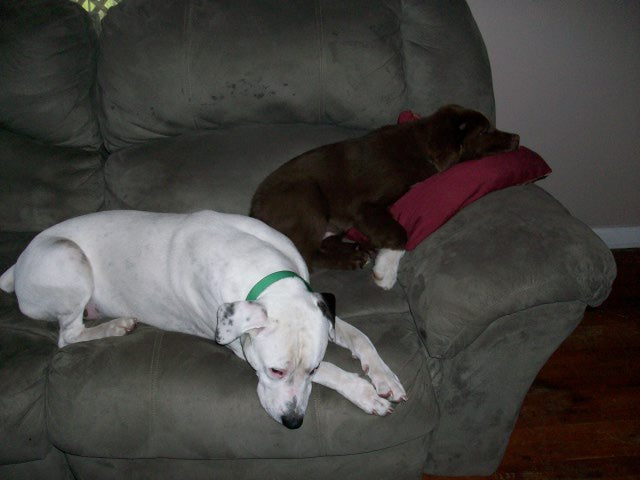 American Bulldog aggression
Question
Buddy and Rez
I have a 2 year old Ameri
American Bulldog aggression
Question
Buddy and Rez
I have a 2 year old Ameri
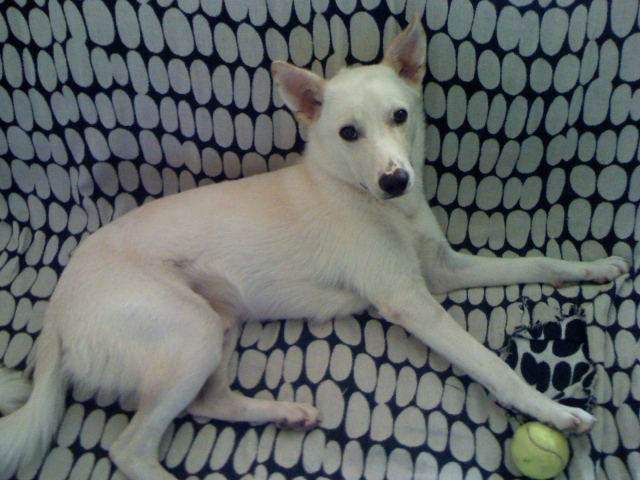 Dog walking problems
Question
Snickers
I have been trying to train my dog SN
Dog walking problems
Question
Snickers
I have been trying to train my dog SN
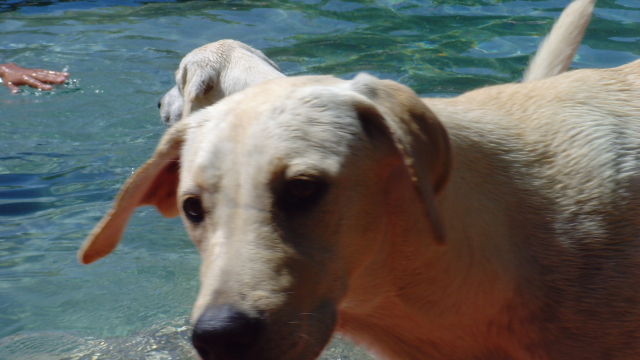 Psychological trauma
Question
Izzy
I recently took my 1 year old dog to a fr
Psychological trauma
Question
Izzy
I recently took my 1 year old dog to a fr
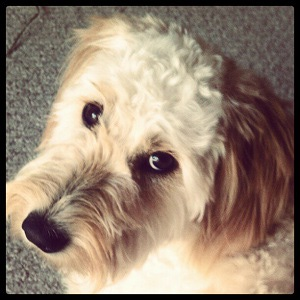 Agressive 1 yr old mini goldendoodle
Question
our millie
My husband and I got our min
Agressive 1 yr old mini goldendoodle
Question
our millie
My husband and I got our min